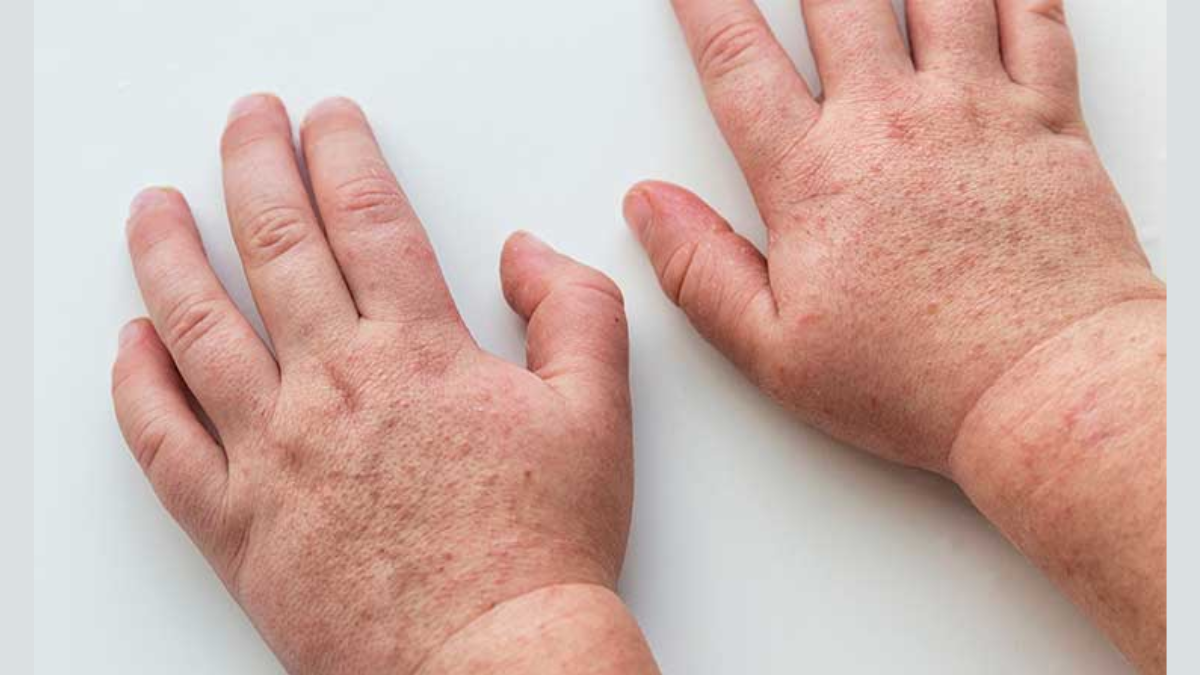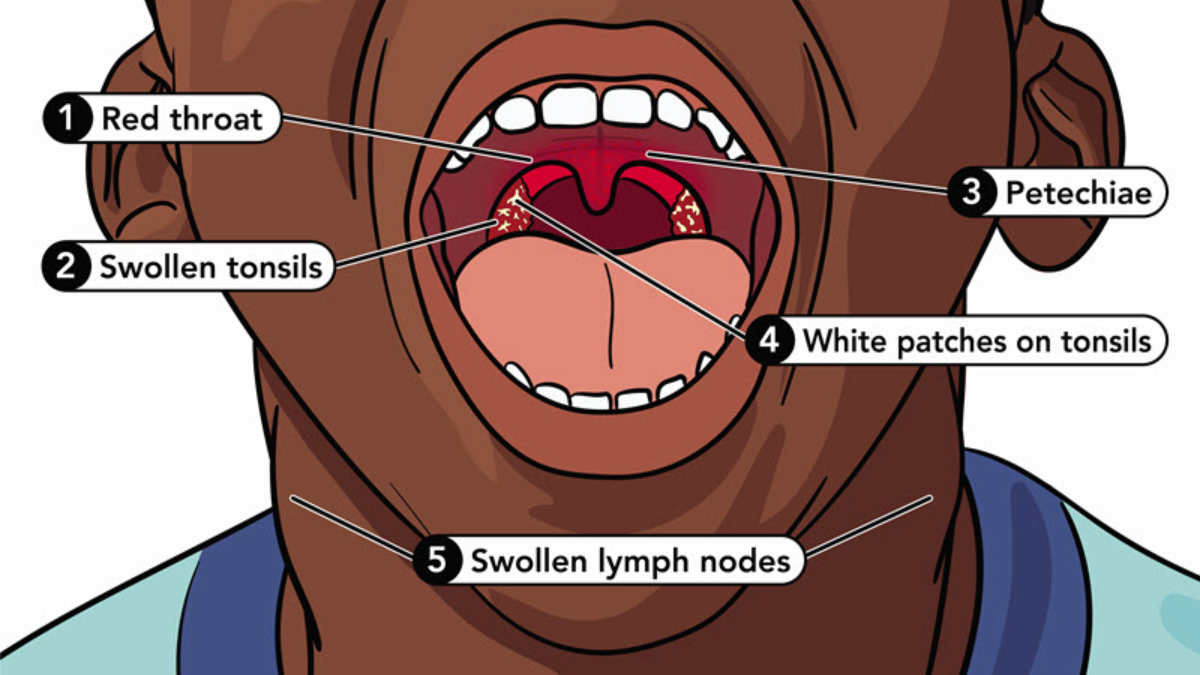
In a concerning development, invasive group A streptococcal (iGAS) infections in the United States have more than doubled over the last decade, according to a recent report from the Centers for Disease Control and Prevention (CDC). Published in the Journal of the American Medical Association, the study sheds light on a rapid rise in this life-threatening bacterial infection, with implications for vulnerable populations and healthcare infrastructure.
Table of Content:-
A Sharp Surge in Infections
Between 2013 and 2022, cases of invasive group A strep rose significantly. In 2013, the infection rate stood at 4 cases per 100,000 people. By 2022, it had climbed to 8 per 100,000 — a doubling that experts say is unprecedented in recent history. Over the nine-year period, the study tracked 21,000 confirmed cases across 10 states, resulting in nearly 2,000 deaths. If extrapolated nationwide, these numbers could suggest more than 10,000 lives lost due to this aggressive infection.

Dr Christopher Gregory, a CDC epidemiologist and co-author of the study, warned that the threat of invasive strep to both high-risk and general populations has increased “substantially.”
What Is Invasive Group A Strep?
While group A streptococcus is commonly associated with strep throat — a mild and treatable illness — it can sometimes invade parts of the body that are typically sterile, such as the bloodstream, muscles, or lungs. This form is known as invasive group A strep and is far more dangerous.
Also Read: Bird Flu In India: Tigers, Leopards, And Pet Cats Infected By H5N1 Virus
It can lead to severe conditions such as necrotising fasciitis (often referred to as flesh-eating disease) and streptococcal toxic shock syndrome, which can trigger organ failure and death.
Dr Victor Nizet, a pediatric specialist at the University of California, San Diego, noted how quickly these infections can escalate. “Within 24 to 48 hours, a patient can go from having flu-like symptoms to being in the ICU fighting for their life,” he said.

Why Are Cases Rising?
The CDC study highlights multiple factors contributing to the rise:
- Increase in Underlying Conditions: Chronic health issues like obesity and diabetes are becoming more common and can compromise the immune system or cause skin conditions that allow bacteria to enter the body more easily.
Also Read: UK Woman Left Paralysed After Botched Weight Loss Surgery In Turkey Sparks Medical Tourism Concerns
- Vulnerable Populations: People who inject drugs and those experiencing homelessness are disproportionately affected. In 2022 alone, the infection rate among the homeless population reached a staggering 807 cases per 100,000 — one of the highest ever recorded globally.
- Emergence of New Bacterial Strains: Newer strains of group A strep are becoming more diverse and are more likely to cause skin infections rather than the traditional throat infections. These evolving strains may also be more resistant to antibiotics.

Rising Antibiotic Resistance
While penicillin remains the standard treatment for strep infections, some strains of invasive group A strep are showing resistance to secondary antibiotics such as clindamycin and macrolides. This is especially concerning in cases where patients are allergic to penicillin, or when clindamycin is needed in combination therapy for severe conditions like toxic shock syndrome.
Pediatric Cases: An Unexpected Trend
Surprisingly, the study did not detect a significant rise in infections among children — a finding that left many physicians puzzled. Dr Allison Eckard, a pediatric infectious disease expert in South Carolina, shared that hospitals are indeed seeing an uptick in pediatric cases, many of them severe or unusual.
“We're seeing more necrotising fasciitis and toxic shock cases than we ever did before. It suggests that something has shifted at the national level,” she said. Some doctors believe there may be a connection between invasive strep infections and recent respiratory viral outbreaks, such as flu, RSV, or COVID-19.
An Urgent Need for a Vaccine
As the medical community grapples with the growing threat of invasive group A strep, many experts are calling for the development of a vaccine. However, the progress appears stalled amid concerns about recent shifts in leadership and attitudes at regulatory agencies like the FDA and CDC. Dr Nizet described the absence of a vaccine as “devastating,” expressing concern that bureaucratic obstacles might be hindering crucial advancements in public health.
Bottomline
In conclusion, the surge in invasive strep infections is a wake-up call. It underscores the importance of surveillance, rapid medical intervention, and most critically, research into preventive measures such as vaccines. As bacterial threats evolve, so must our strategies to counter them.
Also watch this video
Read Next
William Finn, Tony Award-Winning Composer Dies at 73 After A Battle with Pulmonary Fibrosis
How we keep this article up to date:
We work with experts and keep a close eye on the latest in health and wellness. Whenever there is a new research or helpful information, we update our articles with accurate and useful advice.
Current Version